Back to blog
Is IPFS Free?
There is an interesting overlap in open-source software and web3 development where we see in both the desire for things to be free. This likely stems from web3’s inherently open-source nature. But is anything really free? In software development, there’s always been the push/pull paradigm of figuring out whether to build or buy software. When dealing with web3’s protocol-based nature, the decision isn’t so much about whether to build or buy but whether what you’re buying or building lives up to your expectations.
Let’s explore the Interplanetary File System (IPFS). IPFS is a peer-to-peer storage protocol that provides open data access and content-addressable files. What does all of that mean, and why does it matter? Put simply it means that developers can store content on the network and retrieve content on the network without necessarily relying on a single server. The ideal state for IPFS is that content requests are routed to the nearest storage node that has that content. However, IPFS is far from its ideal state and relies on IPFS Gateways to help retrieve content. The data is still open and verifiable, but unless you are running your own infrastructure alongside many other people and companies that are running their own infrastructure, fetching content from the IPFS network at scale requires the help of a service.
Fortunately, this is where IPFS pinning services come in. Much like AWS has made it so developers don’t have to run their own server farms to store content, IPFS pinning services make it so web3 developers don’t have to build out their own IPFS node ecosystem. Services like Pinata make it easy to build on top of IPFS while also providing resiliency and scalability. The beauty of these services is that there is no lock-in. Unlike AWS or any other traditional cloud storage system, you do not need permission to move your data to another service or to host it yourself. Anyone can access and use the data, and if a pinning service is not living up to its promises, anyone can choose to host that same data on different IPFS storage nodes.
OK, now let’s get back to the topic of cost. As the title asks, is IPFS free?
The answer is that nothing is actually free. Open-source software is not free. When you self-host, you pay labor costs and your own infrastructure costs. IPFS is no different. If you’re running IPFS on a Raspberry Pi at home, it’s not free because you’re paying your internet service provider for the network connection it uses. Of course, the scale of cost varies massively. So, is IPFS free?
No, it’s not free. However, the cost you incur is entirely determined by your goals. As a tinkerer, you might be able to self-host an IPFS node few bucks a month or you might be able to use an IPFS pinning service for free. However, as you scale, you’ll need to decide what matters more to you: building your own infrastructure or building your product.
If the most important thing to you and your project is building the product, an IPFS pinning service probably makes the most sense. It’s not free, but like other cloud-enabled developer platforms, it is something that should be affordable and scales with you as your product grows.
No matter what you choose, IPFS is a wonderful solution for many use cases. If you’re pinning data to the network, you’re in good company, and you’re building products at the bleeding edge of what’s possible.
Happy pinning!

